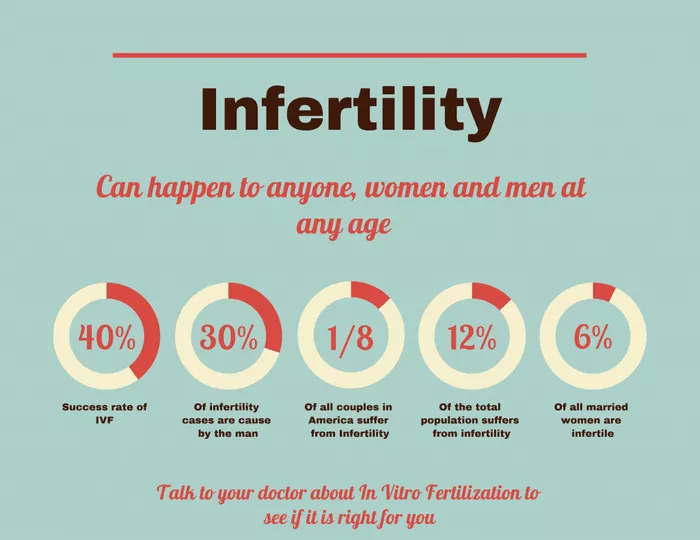When it comes to fertility and reproduction, a plethora of myths and misconceptions abound. Among them is the age-old debate over whether thick or thin sperm is indicative of good fertility. It’s a question that has puzzled many, but let’s unravel this mystery with a logical perspective.
Thickness vs. Thinness: The Fallacy
First and foremost, it’s crucial to understand that sperm quality is not solely determined by thickness or thinness. Instead, various factors come into play, including sperm count, motility, and morphology. Picture it like baking a cake – the perfect cake isn’t just about having the right consistency of batter; it’s also about using quality ingredients and following the recipe meticulously.
Now, let’s address the notion of thick sperm being superior. Some may argue that thicker sperm suggests higher potency and fertility. However, this assumption lacks scientific basis. Thickness alone doesn’t guarantee the health or viability of sperm. Think of it as judging a book by its cover – appearances can be deceiving.
The Role of Functionality
Conversely, thin sperm is often associated with poor fertility. But again, this oversimplification doesn’t hold up under scrutiny. The consistency of sperm doesn’t necessarily correlate with its ability to fertilize an egg. It’s akin to assuming a marathon runner must be faster just because they’re leaner; athleticism involves a complex interplay of factors beyond mere physique.
So, if thickness and thinness aren’t reliable indicators of sperm quality, what should we focus on instead? The answer lies in the sperm’s functionality. Even if sperm appears thick or thin, what truly matters is its ability to swim swiftly and efficiently toward the egg. Like skilled navigators, sperm must traverse a challenging terrain to reach their destination successfully.
Count, Motility, and Morphology: The True Determinants
Furthermore, sperm count plays a pivotal role in fertility. A higher sperm count increases the likelihood of successful fertilization, irrespective of thickness. It’s akin to playing a game of darts – the more darts you have, the better your chances of hitting the bullseye. Similarly, a higher sperm count enhances the odds of achieving conception.
Moreover, sperm motility is crucial for fertility. Healthy sperm should exhibit vigorous movement, enabling them to journey through the female reproductive tract and penetrate the egg. Imagine sperm as determined explorers navigating a vast ocean – their agility and perseverance are essential for reaching the treasure trove at the end of their quest.
In addition to count and motility, sperm morphology, or shape, is another vital factor. Abnormalities in sperm shape can hinder their ability to fertilize an egg. It’s like trying to fit a square peg into a round hole – no matter how determined the peg may be, its shape prevents it from achieving its objective. Similarly, irregularly shaped sperm may struggle to penetrate the egg’s protective barrier.
Dismissing Semen Consistency
Now, let’s dispel another myth – the belief that thicker semen equates to greater fertility. Semen, the fluid that carries sperm, is composed of various components, including sperm cells, enzymes, and proteins. The consistency of semen can vary based on hydration levels, frequency of ejaculation, and individual differences. Thick semen doesn’t necessarily indicate higher fertility; it’s simply a variation in composition.
Lifestyle Factors and Fertility
Furthermore, lifestyle factors play a significant role in sperm quality. Smoking, excessive alcohol consumption, poor diet, and stress can all adversely affect fertility. Conversely, maintaining a healthy lifestyle, including regular exercise, balanced nutrition, and stress management, can promote optimal sperm production and function.
Conclusion:
In conclusion, the debate over thick versus thin sperm is largely unfounded. Rather than fixating on superficial characteristics, focus on factors that truly matter for fertility – sperm count, motility, morphology, and overall health. Just as a successful journey involves more than just the thickness of the path, fertility is determined by a combination of factors working in harmony. So, let’s bid farewell to misconceptions and embrace a more nuanced understanding of sperm quality and fertility.
[inline_related_posts title=”You Might Be Interested In” title_align=”left” style=”list” number=”6″ align=”none” ids=”1703,1706″ by=”categories” orderby=”rand” order=”DESC” hide_thumb=”no” thumb_right=”no” views=”no” date=”yes” grid_columns=”2″ post_type=”” tax=””]























